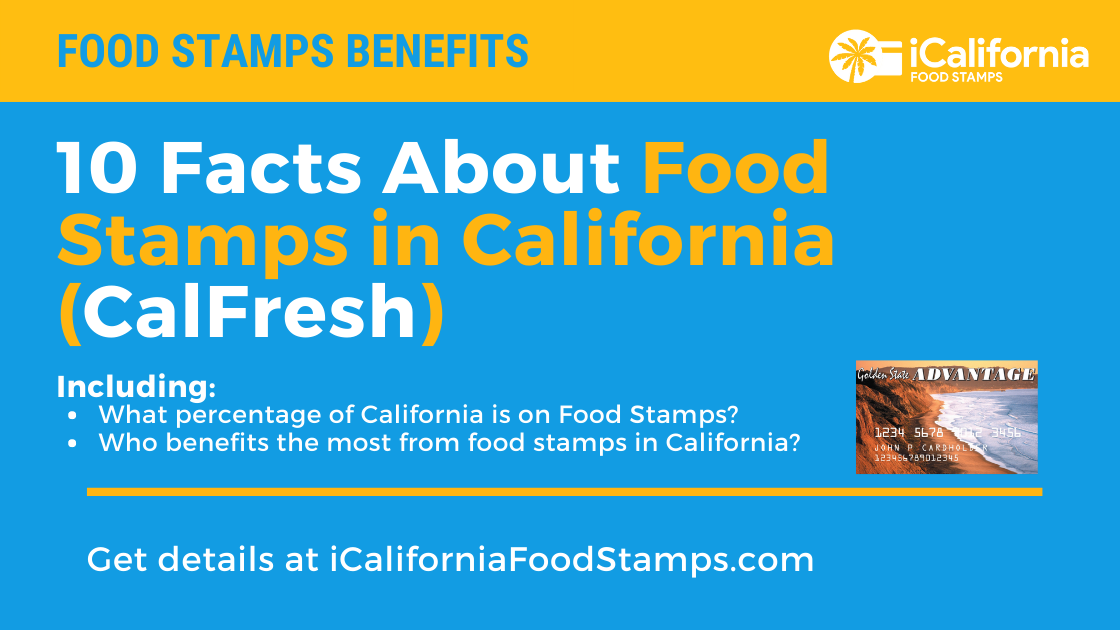The Most Effective Cleaning Agents for Removing Baked-On Food: Expert Methods and Step-by-Step Guidance
Understanding Baked-On Food and Why It’s a Challenge
Baked-on food is one of the most stubborn kitchen messes. When food residues are exposed to high heat, they undergo chemical changes that turn them into hard, carbonized deposits. These deposits resist ordinary cleaning methods and require targeted approaches to break down both the organic matter and the grease. Choosing the right cleaning agent is critical-not just for effectiveness, but also to avoid damaging your cookware or appliances.
Overview of Cleaning Agent Types
There are two main categories of cleaning agents for baked-on food: natural solutions and commercial chemical cleaners . Each offers unique advantages and potential drawbacks. Natural cleaners, such as baking soda, vinegar, and citric acid, are safe for most surfaces and environmentally friendly. Commercial cleaners, like Zep Oven & Grill Cleaner, use stronger chemicals to dissolve heavy grease and carbonized materials more rapidly but may require careful handling. [2]
Natural Cleaning Agents: Baking Soda, Hydrogen Peroxide, and Citric Acid
Baking Soda is widely recognized for its effectiveness on lightly to moderately baked-on food. As a mild abrasive and an alkaline compound, baking soda breaks down acidic food residues and allows for safe scrubbing without scratching most surfaces. To use, make a paste with baking soda and water, apply it to the affected area, let it sit for 15-20 minutes, then wipe away with a damp cloth. [3] This method is suitable for ovens, pans, and baking sheets.
For tougher stains, hydrogen peroxide can be combined with baking soda. Sprinkle baking soda generously on the baked-on residue, spray with hydrogen peroxide, then add another layer of baking soda. Allow the mixture to rest-overnight for best results-before scrubbing. This approach is especially effective on stains that have built up over several uses. [1]
Citric acid is another natural powerhouse for heavy-duty cleaning. Dissolve two tablespoons of citric acid in hot water and soak cookware, oven racks, or sheet pans for 20-30 minutes. After soaking, residue can often be scrubbed away easily. Citric acid is particularly useful for cleaning multiple items simultaneously and is gentle on most metals. [1]
Commercial Chemical Cleaners: When to Use Them
For extremely stubborn, thick, or long-neglected baked-on food, commercial oven cleaners can be the most efficient option. Products like Zep Oven & Grill Cleaner utilize strong degreasers and surfactants to rapidly break down carbonized food and grease. Application is straightforward: spray the cleaner on the affected area, let it sit per the product instructions (usually 10-20 minutes), and then wipe or scrub off. Always use gloves and ensure adequate ventilation when working with these products, as they can be harsh on skin and lungs. [2]
It is important to note that while commercial cleaners are highly effective, they should not be used on aluminum, nonstick coatings, or any surface not specified as safe by the product manufacturer. Always read and follow all safety instructions.

Source: futuristarchitecture.com
Step-by-Step Instructions: Removing Baked-On Food
Below is a detailed process for tackling baked-on food, incorporating multiple effective agents. Choose the method that best fits the severity of your cleaning challenge:
For Light to Moderate Baked-On Food
- Remove any loose food debris with a plastic spatula or soft scraper.
- Mix ½ cup baking soda with 3 tablespoons water to form a thick paste. [3]
- Apply the paste to the affected area, avoiding heating elements.
- Let it sit for 15-20 minutes. For more stubborn residues, leave it longer.
- Wipe away with a damp cloth or sponge. Repeat if needed.
For Moderate to Heavy Baked-On Food
- Generously sprinkle baking soda on the stain.
- Spray hydrogen peroxide over the baking soda. [1]
- Apply a second layer of baking soda and let the mixture sit, ideally overnight.
- Scrub the area with a non-abrasive pad and rinse thoroughly.
For Heavy-Duty Cleaning (Multiple Items or Large Areas)
- Dissolve two tablespoons of citric acid in a bucket or deep sink of hot water. [1]
- Submerge cookware, oven racks, or sheet pans and soak for 20-30 minutes.
- Scrub with a soft brush, then rinse with water and dry.
For Extreme Cases (Commercial Cleaners)
- Remove any loose debris and ensure good ventilation.
- Apply a reputable commercial oven cleaner as directed. [2]
- Allow the cleaner to sit for the recommended time.
- Wipe or scrub off the residue. Rinse thoroughly with water.
- Repeat if necessary, and always wear gloves.
Alternative Approaches and Special Situations
For specialty cookware such as cast iron or nonstick pans, avoid harsh chemicals and abrasives. Instead, use a baking soda paste and gentle scrubbing. For glass or ceramic surfaces, both baking soda and citric acid are usually safe, but always test a small area first. Dishwashing tablets, when dissolved in hot water, can also help lift burnt-on residues in pots and pans-just ensure the tablet is fully dissolved and rinse thoroughly afterwards. [5]
Common Mistakes and How to Avoid Them
Avoid mixing baking soda and vinegar directly on the surface. While the fizzing is visually dramatic, it actually neutralizes the cleaning agents, turning them into less effective salt water. [2] For best results, use these ingredients separately as described above. Never use steel wool or abrasive scouring pads on nonstick or delicate surfaces, as these can cause permanent damage. Always check manufacturer care instructions for your specific cookware or appliance.
How to Access Effective Cleaning Agents and Where to Find More Resources
Most effective cleaning agents for baked-on food-such as baking soda, hydrogen peroxide, and citric acid-are widely available at grocery stores, pharmacies, or online retailers. Commercial oven cleaners can be found in the cleaning supplies aisle of hardware stores or supermarkets. For additional guidance on safe cleaning practices, consult the official websites of major cleaning product manufacturers or search for best practices from reputable home care organizations.

Source: wallpapers.com
If you require professional help, many local cleaning services offer deep kitchen cleaning, including appliance detailing. Search for “kitchen cleaning services” or “oven cleaning professionals” in your area for local options. For questions about product safety or proper use, contact the manufacturer’s customer service directly or visit their official websites for up-to-date information.
Conclusion: Choosing the Best Cleaning Agent for Your Needs
The best cleaning agent for removing baked-on food depends on the severity of the residue and the surface you’re cleaning. Baking soda, hydrogen peroxide, and citric acid offer effective, natural solutions for most cases, while commercial cleaners provide extra power for extreme situations. Always use cleaning agents as directed, test on a small area first, and prioritize safety for both your health and your cookware.
References
- [1] Everyday Cheapskate (2024). How to Remove Burnt-On Food: Tips for Sparkling Clean Cookware.
- [2] YouTube (2025). The Best Way To Clean Your Oven Like A Pro!
- [3] Arm & Hammer (n.d.). Naturally Clean Your Oven with Baking Soda.
- [5] Food52 (2023). How to Clean Burnt Pans – Stainless Steel, Cast Iron, and Nonstick.



